The devil catfish (Bagarius) is one of the largest representatives of catfish in South and Southeast Asia: giant 2-meter specimens of the Goonch – as the animals are called in India – have been caught. Unfortunately, the systematics of Bagarius are highly confused. Only one species is very well defined and clearly recognizable: B. suchus (see https://www.aquariumglaser.de/en/10-catfishes/bagarius-suchus-2/). The others look very similar and repeatedly give rise to confusion and misidentification.
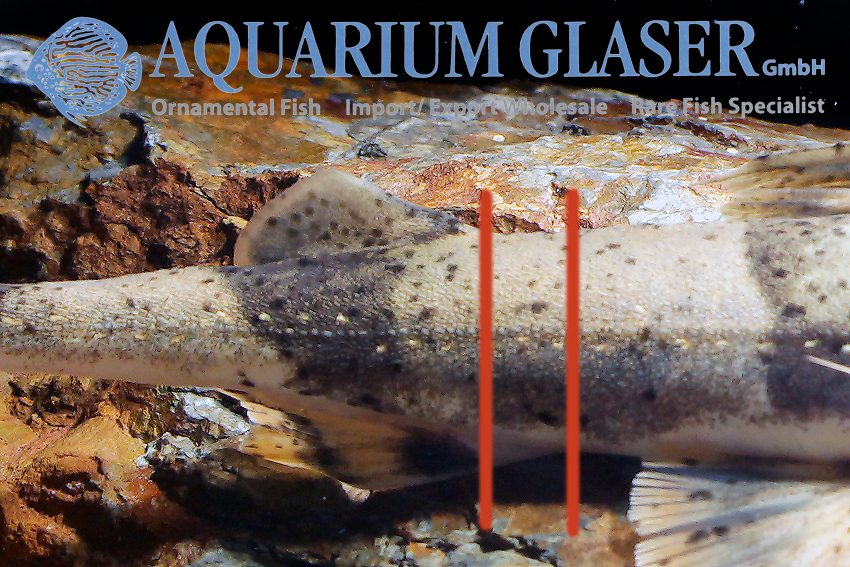
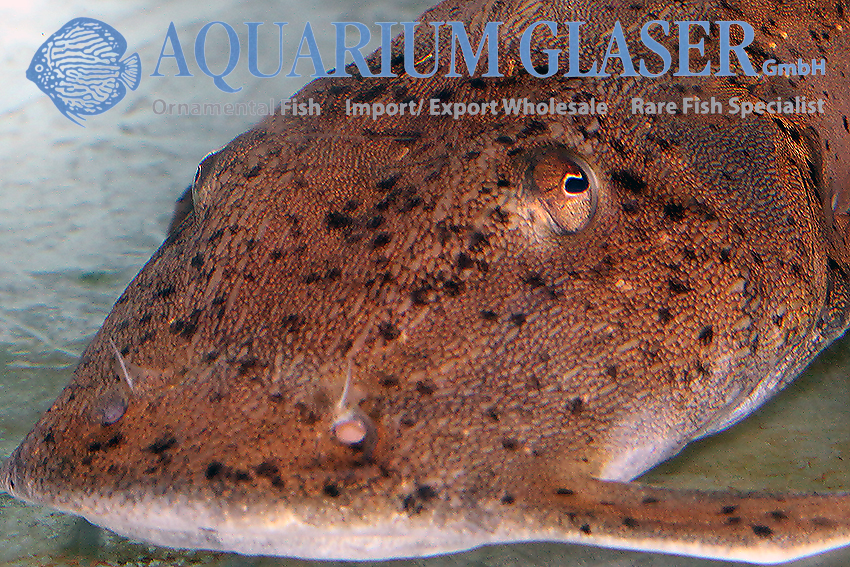
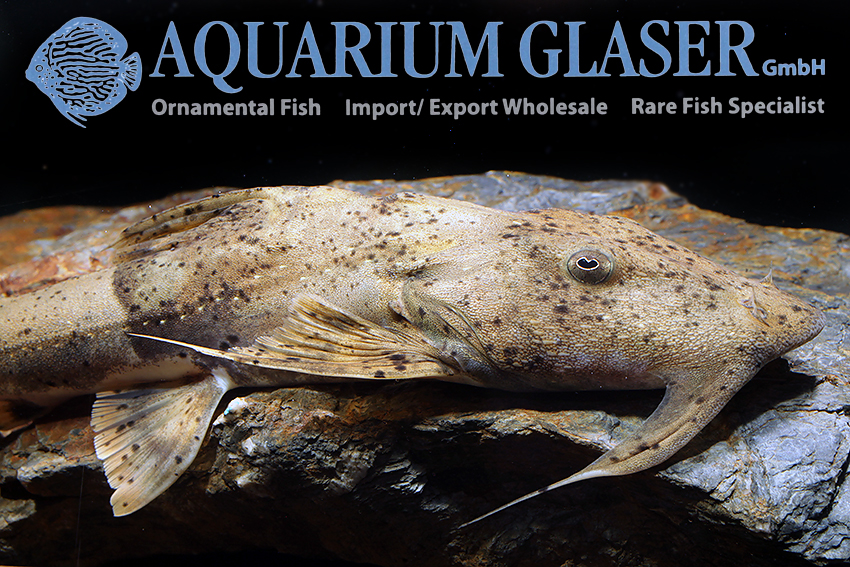
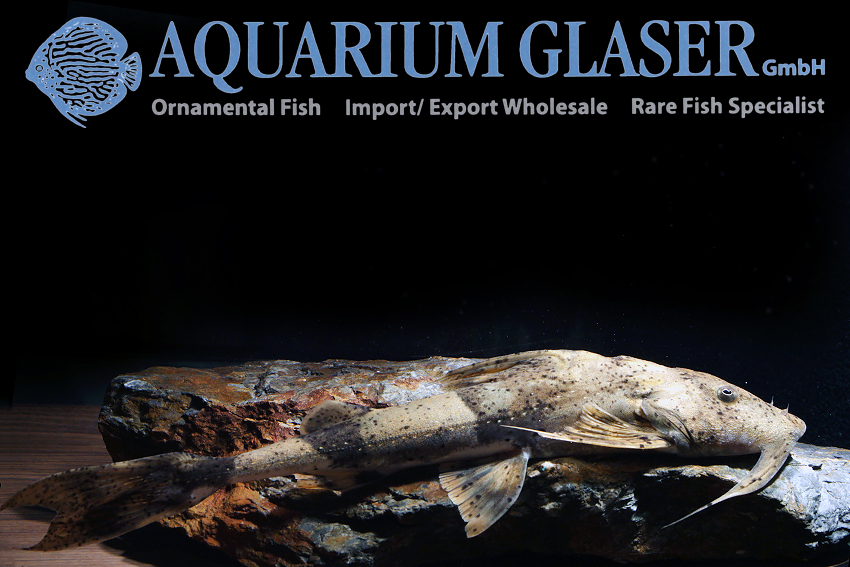
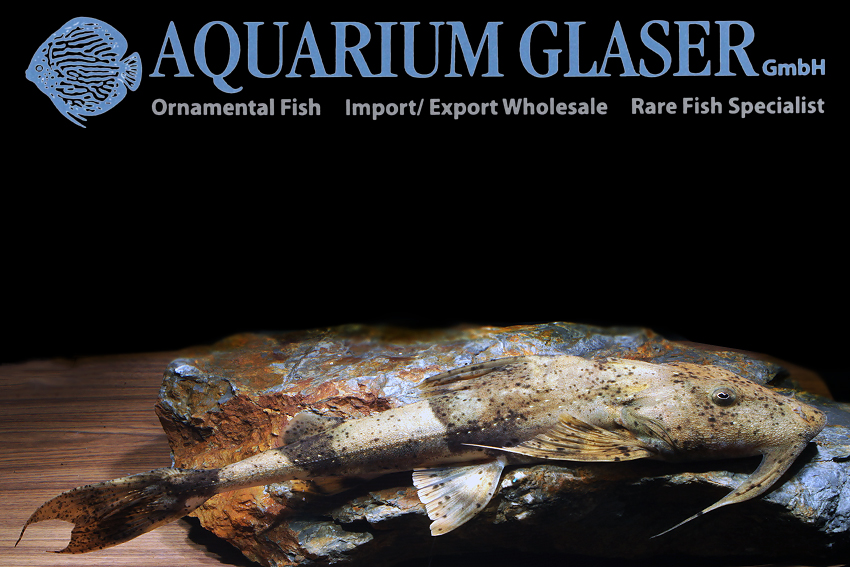
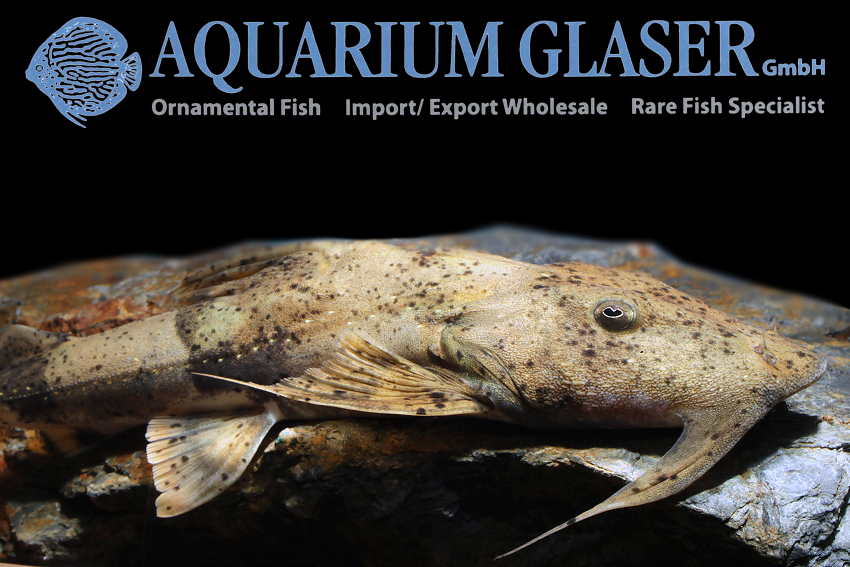
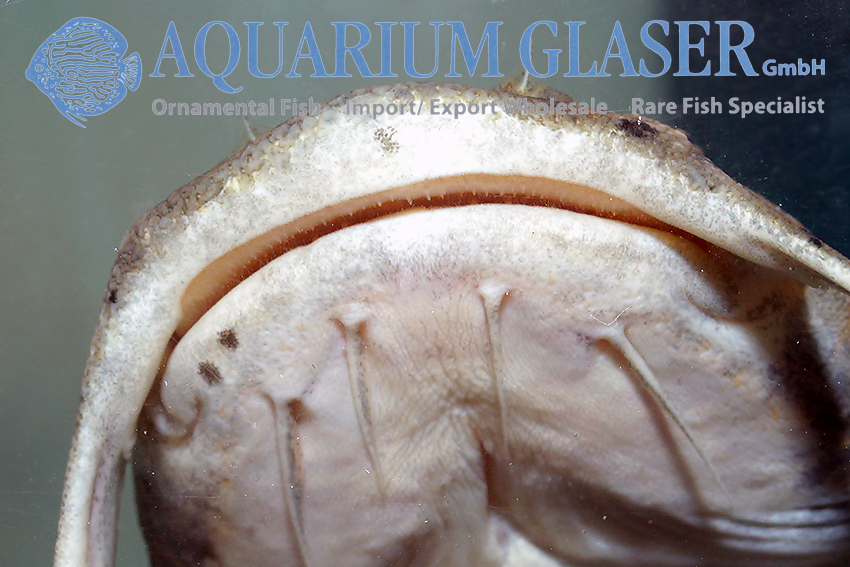
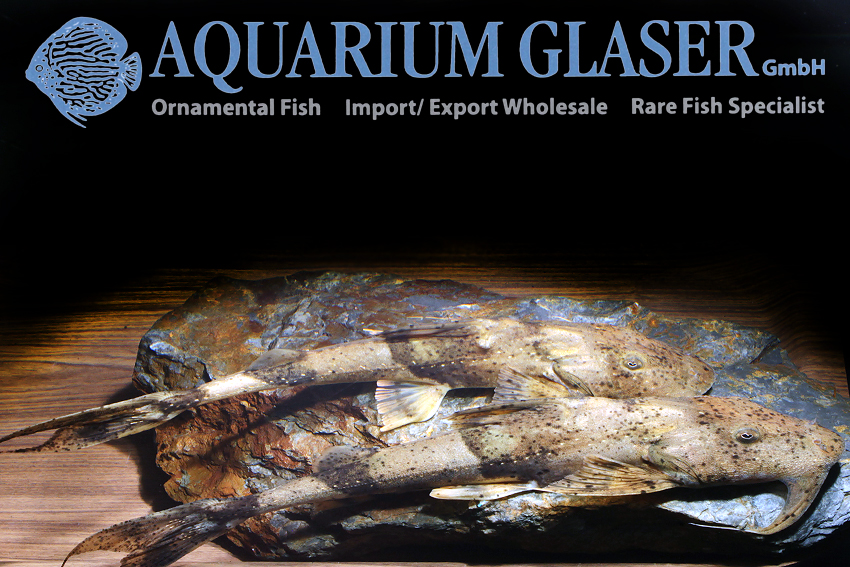
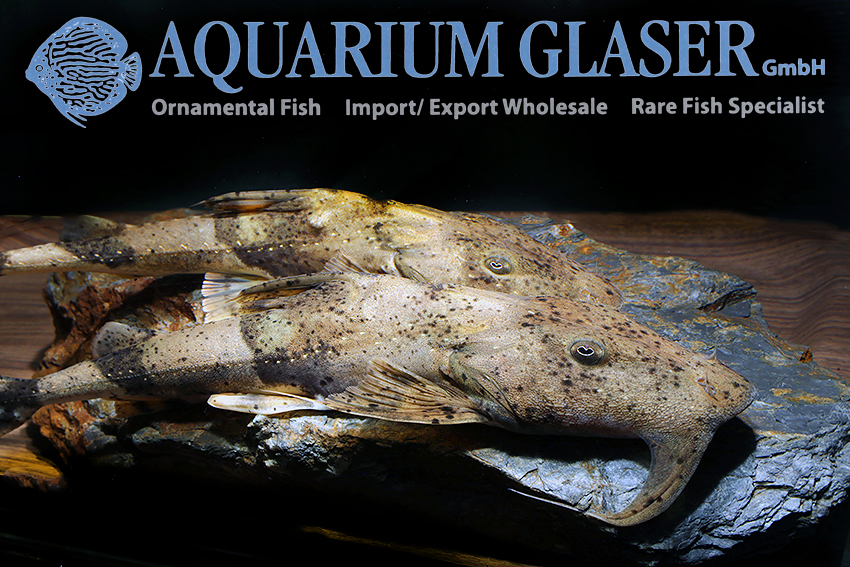
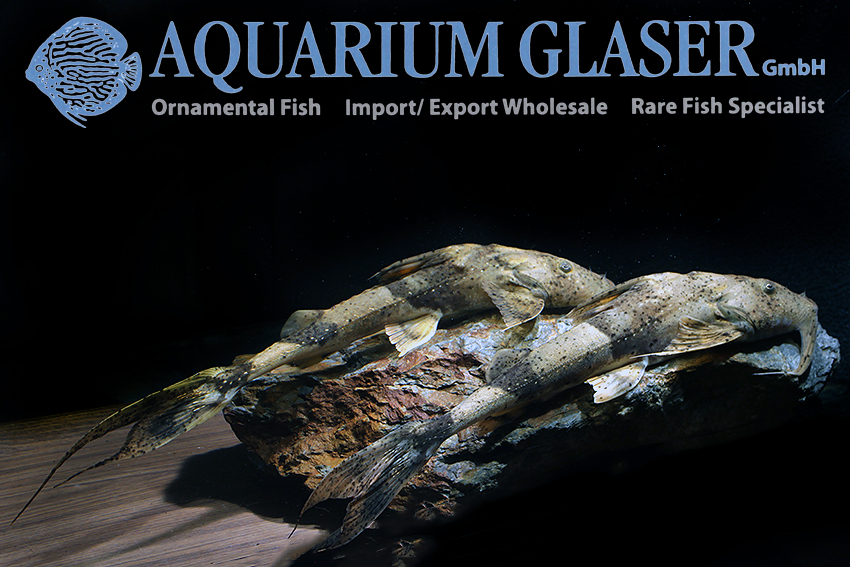
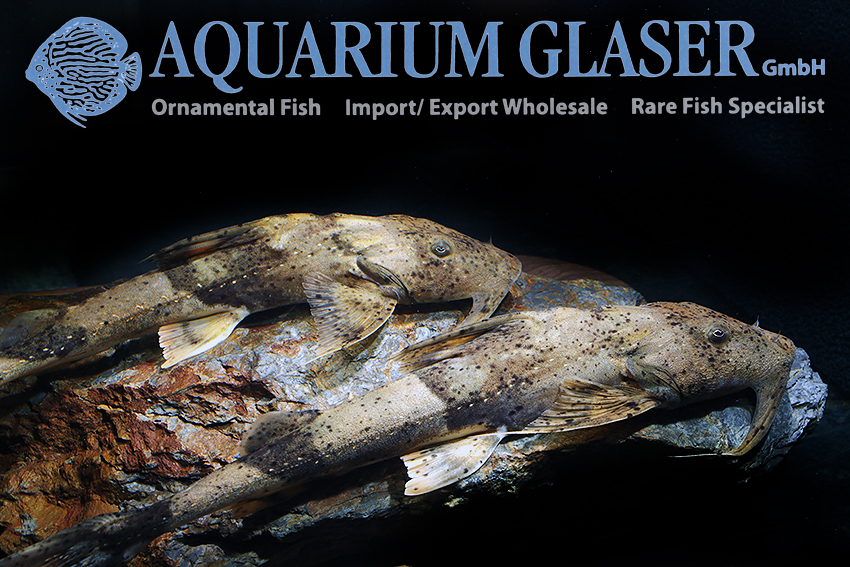
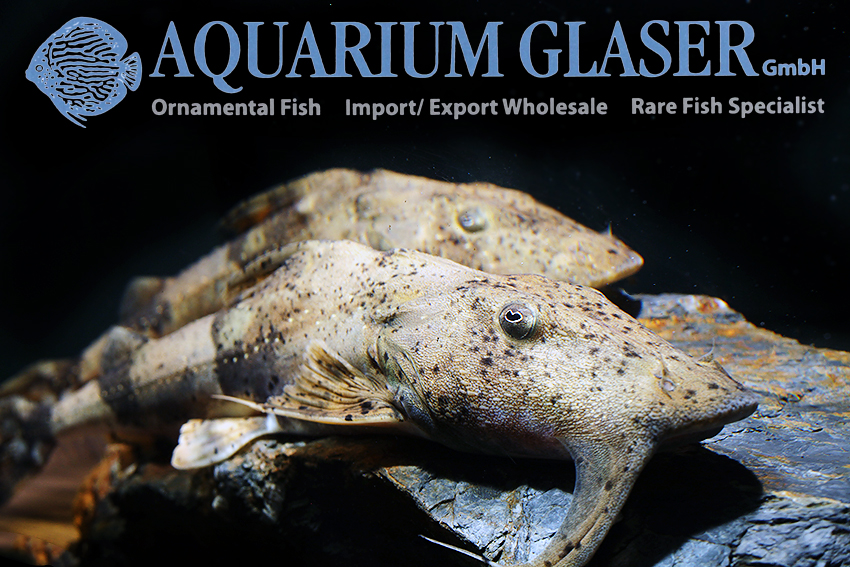
For example, it was long believed that the large goonch from India was Bagarius yarellii, but according to the latest findings this species is a synonym (double name) of one of the smallest known Bagarius species, namely B. bagarius, which only grows to 20-30 cm in length. The large species is therefore now given the next oldest available name, B. lica (originally described from Sumatra). Then there is B. rutilus from Vietnam, Laos and China, which grows to a good 70 cm long and has striking red-orange fins from about 30 cm in length. Only recently (2021) was the small species B. vegrandis described from the large Chao Phraya and Mekong rivers (Thailand, Laos, Cambodia, probably also Vietnam). It is only about 22 cm long (without caudal fin). B. vegrandis was misidentified as B. bagarius in all scientific literature until 2021.
Bagarius vegrandis can be distinguished from all other species by the position of the adipose fin compared to the anal fin. If you think of a vertical line at the base of the adipose fin towards the belly, you can see that the anal fin is positioned much further forward towards the head. The coloration of the fish is quite variable and not very helpful for identification. Also typical of B. vegrandis is the thread-like pectoral fin filament that extends to the anus (this is similar in B. bagarius, but absent in the other species) and oval tubercles on the head. The latter feature appears to vary greatly in intensity.
With Bagarius vegrandis, we have succeeded in importing one of the most aquarium-friendly of all Bagarius species, which can also be kept successfully by predatory fish enthusiasts without a huge tank. Nevertheless, these are animals for specialists. Bagarius are obligatory predatory fish that can only be fed with strong chunks – preferably small fish. We keep these precious fish individually for safety reasons, but they seem to be relatively compatible with each other. However, there are no reliable observations on this subject, and we generally recommend keeping them individually. Bagarius generally require clean, oxygen-rich water; generous weekly water changes are generally recommended to remove the abundant metabolic products from the system. On the other hand, Bagarius are relatively sedentary, so aquariums that are 5 times the length and 3 times the width of the fish are completely sufficient (the height is not so important).
For our customers: Bagarius vegrandis has code 368444 on our stocklist. Please note that we only supply the wholesale trade.
Text & photos: Frank Schäfer




